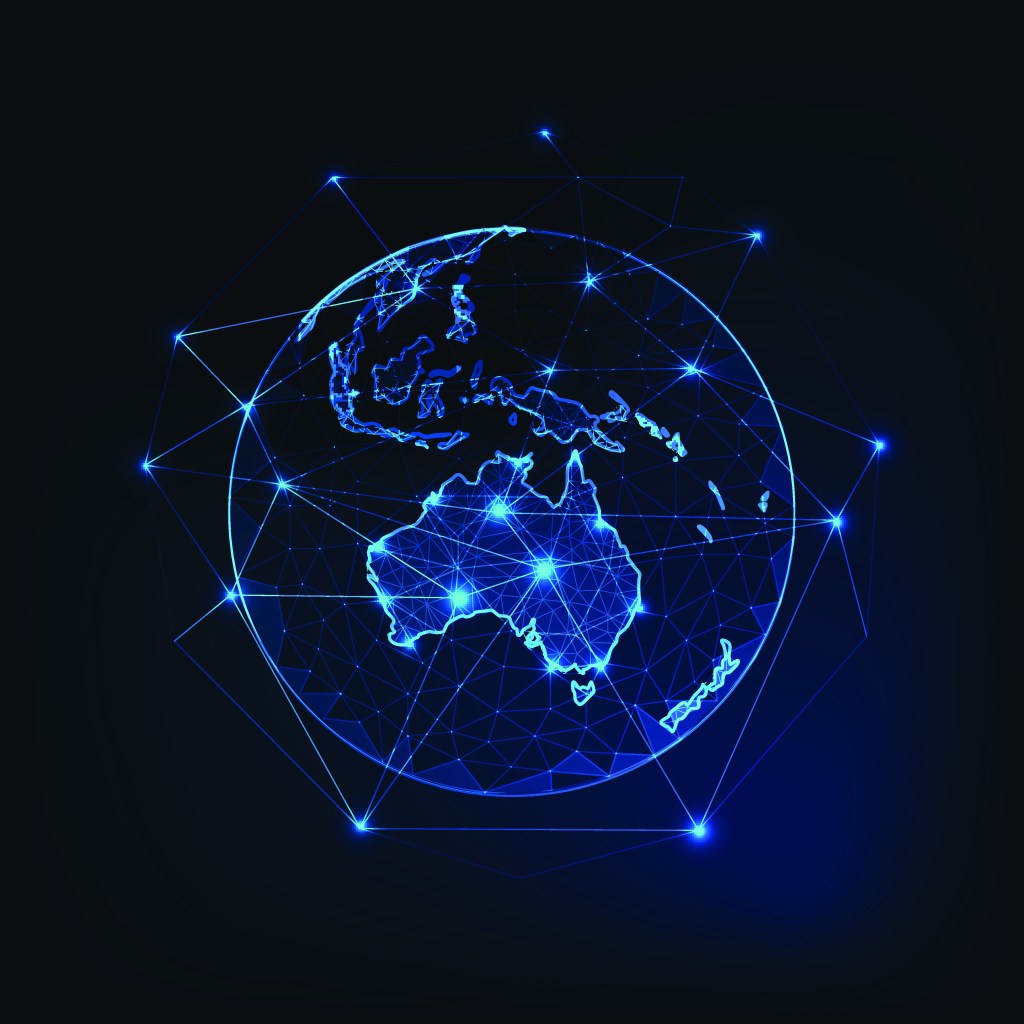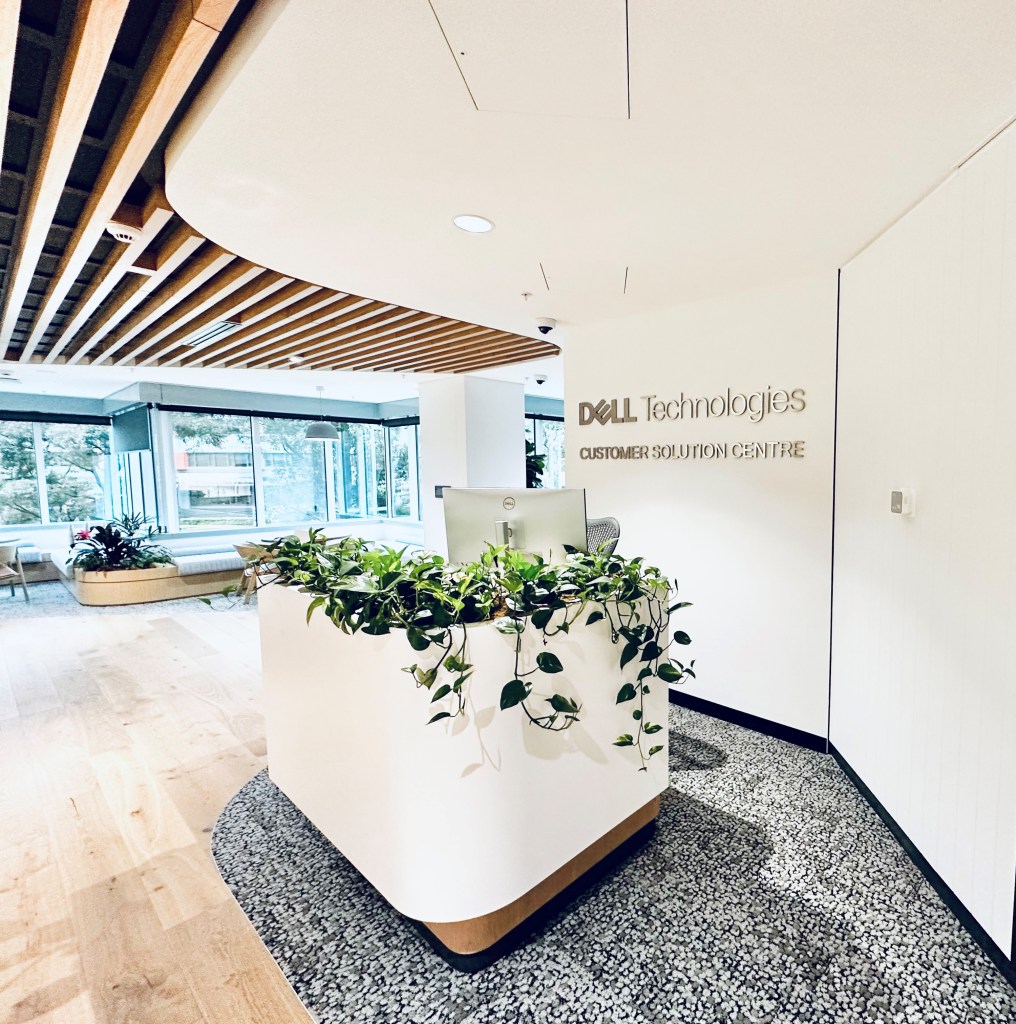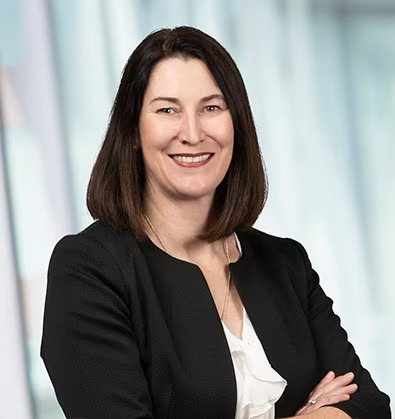BRANDVOICE
A 30-year journey in Australia, the innovation country
In January 1993, Dell arrived in Australia. It was seven months before the launch of the first OptiPlex PC, which boasted an Intel 486 chip and could take up to 64MB of RAM. Then, the Dell OptiPlex could only be ordered by phone – internet sales were still three years away.
You don’t have to go much further than comparing the OptiPlex’s specifications to your current computer to see how much has changed, and in the past three decades, Australia’s relationship with both technology and Dell – now Dell Technologies – has changed immensely.
It is hard to think of an area of our lives that has not been reshaped by the technological developments of the past 30 years. In fact, in the same month of Dell’s Australian launch, NCSA’s Mosaic, the first graphical web browser that made the internet more accessible to the public, also made its first appearance.
In the following years, computer sizes shrunk, and processing speeds grew. The smartphone emerged, the cloud transformed business, and social media has brought faster connections. Can you, for instance, imagine how much more challenging the pandemic lockdowns would have been without streaming services, online groceries, working from home, video conferencing and telehealth?
World-changing technology
Over the same period, Australia has worked hard to punch above its weight in technology innovation. Australia has invented Wi-Fi, the black box flight recorder, and various medical devices, such as ultrasounds, the bionic ear and the pacemaker. It was also home to a mapping company called Where 2, which would become Google Maps.
Today, we have a thriving technology sector, with homegrown success stories like Atlassian and Afterpay performing on the global stage. According to research conducted by Accenture, the tech sector is the third biggest sector in Australia, behind only mining and banking. It’s also the seventh largest employer, with tech jobs growing twice as fast as the average in the past decade. Today, one in 16 working Australians works in technology.

The high-performance partner
Australia, an early pioneer of computing, continues to invest in and be an early adopter of innovative technology to solve complex issues. In 30 years, Dell has counted some of Australia’s most iconic names as customers and partners. We are proud to be an architect, innovator, and contributor to this thriving sector.
This includes Australia’s higher education institutions, which rank 10th globally in 2022 for research outputs, according to the Nature Index. Dell’s high-performance computers (HPC) have powered research into bionic vision, enabled exploration of warped space-time, investigated non-invasive treatments for Alzheimer’s disease, and researched atoms to aid the development of medications and materials such as biofuels.
Dell has also helped retailers use AI and Edge computing to reduce spoilage and manage inventory, a major bank to protect its data and manage its hybrid cloud and a mining and resources player with data protection and cyber recovery. We have digitally transformed a renewable energy generator and even used Edge computing to aid salmon farming. We have also facilitated hospitals in improving remote and regional healthcare by ensuring their data was immediately available where it was needed.
We work with the community to help build a better Australia. In partnership with the Citizens of the Great Barrier Reef, we deployed the Dell-architected deep-learning model to drastically speed the pace of research analysis and guide more targeted reef conservation efforts, to protect this natural wonder.
Rising to the technological challenges
Technology is a great equaliser, and when used correctly, it can dramatically reduce the digital divide across our vast country. This can be seen with the Dell Solar Community Hub program. Repurposed shipping containers, powered by solar and equipped with technology solutions, turn into the heart of communities, connecting remote and Indigenous communities to education, healthcare, environment, and business opportunities. This global program supports 21 ‘hubs’ across three continents, with the first Australian hub opening in the coming months in Western Australia.
As well as the digital divide, another issue for the Australian IT sector is filling the skills gap. Research from KPMG says that talent shortages are currently the main challenge complicating the adoption of digital technologies in Australia. Overcoming this will require powerful partnerships between Government, industry and education sectors.
With the tech sector predicted to employ 1 million Australians by 2025, building and exciting the next generation of tech talent is imperative. Projects like the Dell Student Tech Crew promote future career skills and learning via hands-on experience. Participating students can gain technical knowledge, customer service experience, and even Dell-certified qualifications through an in-school IT helpdesk. Today, eight schools have already joined the program, with another five coming on board this year.

What lies ahead?
In the past 30 years, technology has shifted from a support function to how business is done today. Getting your technology strategy right has never been more important to secure business security and prosperity in the near and long term.
As early adopters of multi-cloud operating environments, Australians have enjoyed success. But today, greater rigour around cloud economics is needed to ensure their coveted place in the local and global economy. With a cyber security attack reported in Australia every 7 minutes, companies must ensure they protect the lifeblood of their organisation – data.
The power of data has never been more critical to support our country’s economic growth. Multicloud and cyber security are the bedrock of unlocking your data. However, fully harnessing untapped data at the edge is where Australian companies will be able to differentiate themselves. Gartner estimates that by 2025, 75% of enterprise data will be processed outside a traditional centralised data centre or cloud. Capturing and analysing this data will enable companies to make better, real-time, data-driven decisions. This will benefit a raft of industries, from banking, to retail, to agriculture, education and healthcare, all of which have complex operations spread across multiple or remote locations.
Australia continues to be a global leader in the early adoption of technologies. Many companies are starting to employ emerging technologies, such as artificial intelligence, machine learning and quantum computing, to reshape their operations and outputs. Australians have already demonstrated that they can achieve wonderful things with the right tools, from simulated medical trials to finding cures for life-threatening diseases like cancer or using modelling to reduce emissions and mitigate climate change.
Securing Australia’s economic growth and prosperity will be underpinned by this innovation. But to realise the full potential and be on the winning side of these exciting but sometimes disruptive technologies will require education, upskilling, systems and process change, and most importantly, putting people at the centre of this transformation.
For the next 30 years and beyond, Dell Technologies looks forward to continuing its innovative relationship with Australia and supporting people and organisations as they dream and achieve. As Dell’s founder, Chairman and CEO Michael Dell says, “It’s through curiosity and looking at opportunities in new ways that we’ve always mapped our path at Dell. There’s always an opportunity to make a difference.”.
Our next 30 years are about more than tech
Angela Fox, Dell Technologies’ ANZ senior vice president and managing director and Chair of the National Board of the Australian Information Industry Association.

The past three decades placed technology at the core of a business and everything we do. It’s deepened the human-machine relationship.
Innovation happens with the skill, creativity, problem-solving, and knowledge borne by human experience. So the onus is on everyone – from the government to industry and to the education sector – to develop a “future fit” workforce because, without that heart, technology can’t deliver.
With that, technology becomes the most significant enabler for people’s visions for the future. Today this vision extends beyond business outcomes to include how they are achieved.
Who you do business with and how is as crucial as what you do, requiring sustainable and ethical organisations. ESG (environmental, social, and governance) is now a strategic business priority. A study by Moore Global found that companies with ESG principles in Australia had a business boost totalling $US59 billion since 2019. So it’s right for both the business and the greater good.
“We are positively impacting the planet and its people through the twin engines of human inspiration and technological innovation.”
– Angela Fox
At Dell Technologies, our ESG 2030 Goals align with this. We have clear goals, measurement and accountability on sustainability, inclusion and transforming lives, ethics, and privacy. These guide our culture and operations; our commitments to diversity and inclusion in our workplace; our partners; the supply chain, and the circular lifecycle of our solutions. We believe it’s our responsibility.
There’s never been a more exciting time to be in tech. Through collaboration, we have the innovation and the endless possibilities to secure the economic growth of our nation and shine on the world stage. This is impossible without our customers and partners, to whom we are eternally grateful, and I thank them for their support of Dell Technologies over the past 30 years – and thank them in advance for the next 30 years.
Timeline
- 1984 – Michael Dell founds PC’s Limited at university
- 1985 – PC’s Limited first computer goes on sale
- 1988 – PC’s Limited becomes Dell and goes public
- 1989 – Dell launches its first laptop
- 1993 – Dell opens in Australia
- 1996 – Dell introduces online sales
- 2003 – Dell becomes Dell Inc
- 2013 – Dell Inc goes private in a leveraged buyout by Michael Dell and partners
- 2016 – Dell and EMC merge forming Dell Technologies, one of the largest technology mergers in history
- 2018 – Dell once again becomes a listed company
- 2022 – Dell Technologies opens its new ANZ head office in Sydney
For more about how Dell Technologies has driven 30 years of innovation in Australia visit delltechnologies.com.au